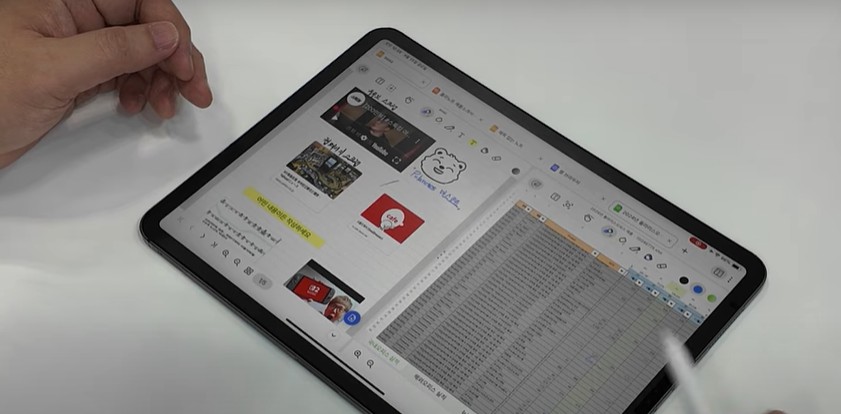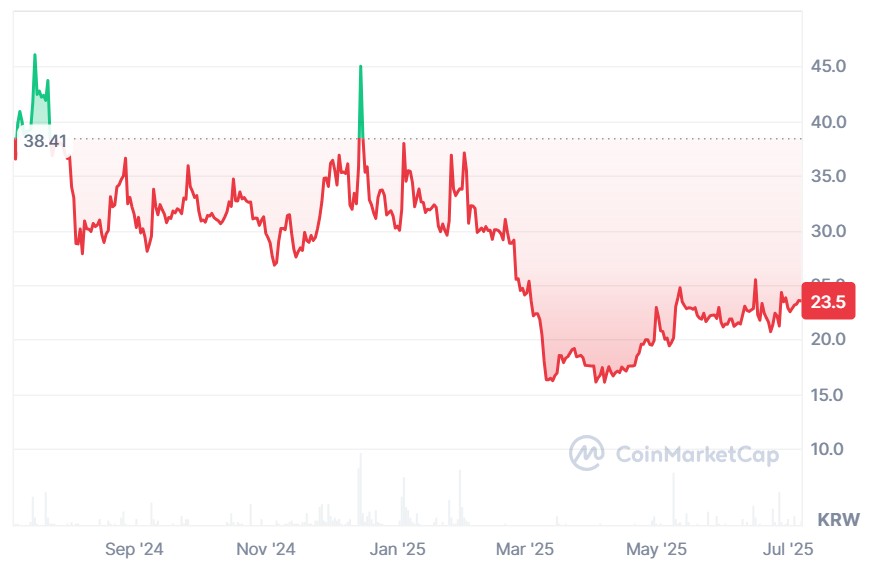Polaris Office Enters the Stablecoin Scene: The Rise of KRW-Pegged Innovations
In an exciting development for the cryptocurrency landscape, Polaris Office, a well-known software developer hailing from South Korea, has thrown its hat into the ring of KRW-pegged stablecoins. This move comes amidst a flurry of activity by numerous banks, fintech startups, and IT companies in the region, all vying for positions within this rapidly evolving digital economy. As the South Korean government gears up to implement regulatory frameworks for stablecoins, Polaris Office has officially applied for trademarks for its proposed stablecoin, aptly named POLAKRW. This launch not only signifies a notable trend but also represents a crucial step for the firm itself.

Understanding the Trademark Applications: What This Means
Polaris Office has taken significant steps by filing a total of 102 trademark applications with the Korean Intellectual Property Office. This ambitious undertaking encompasses various categories, including:
- Computer Software and Cryptoasset Programs: This category focuses on the technological backbone that will support the POLAKRW.
- Electronic Finance and Cryptoasset Brokerage Services: These trademarks indicate a potential lineup of services that may emerge to facilitate the use and exchange of the stablecoin.
- Blockchain-Based Technology Services: This reflects Polaris Office’s commitment to integrating blockchain technologies into their offerings.
Notably, Polaris is not a stranger to the cryptocurrency arena; they have previously launched Polaris Share (POLA), a crypto asset which operates under the management of their subsidiary, Polaris Share Tech. This step toward creating a stablecoin adds another layer of ambition and drive for the company.

Connecting the Dots: The Broader Implications of Stablecoins
The entry of companies like Polaris Office into the stablecoin sector raises intriguing questions about the future of digital currencies in South Korea. With President Lee Jae-myung advocating for robust regulatory measures to facilitate stablecoin adoption, the environment is ripe for innovation and growth. In fact, recent reports from BNK Financial Group reveal that they, too, are pursuing 25 stablecoin trademarks, further highlighting a competitive atmosphere.
This sudden surge of interest and activity points towards an inevitable transformation in how fintech operates in South Korea. The stability of a KRW-pegged digital currency could very well shift dynamics in various sectors — from financing to remittances, and crypto trading to e-commerce.
Expert Perspectives: What Analysts Are Saying
Industry experts view this growing trend with a keen interest. A hypothetical market analyst might note, “As traditional financial entities adopt blockchain technology, we will see a blurring of lines between established banking practices and the emerging crypto economy. The introduction of POLAKRW could be the spark that drives further institutional acceptance.”
A Glimpse into the Future: What Lies Ahead for Stablecoins?
The future outlook for stablecoins in South Korea appears intriguing. With the government poised to enact regulations, we might witness a slew of launches from banks and tech firms, creating a competitive environment that can benefit consumers. Furthermore, as Polaris Office and others expand their offerings, we could start seeing innovative applications of stablecoins across various platforms, fostering greater connectivity between finances, contracts, and digital assets.
Conclusion: Join the Conversation!
As the digital economy continues to evolve, the emergence of KRW-pegged stablecoins like POLAKRW marks a defining moment for South Korea’s financial landscape. What do you think about this new trend? Will stablecoins become a staple in everyday transactions, or are they simply a passing phase? Join the discussion below and share your insights!
